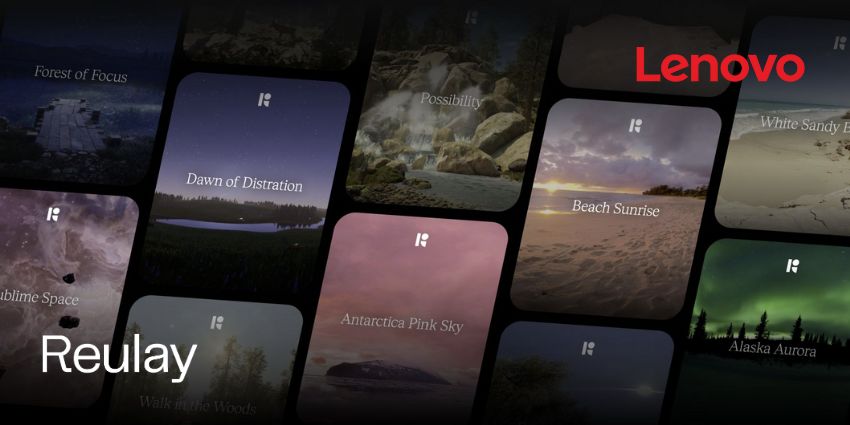Virtual Reality could be the catalyst for improved digital collaboration.
Most companies are now working in a world where remote and hybrid teams are commonplace. The pandemic in 2020 pushed countless brands to enable work-from-home solutions for their staff. Today, these organisations are maintaining investments in remote work for the sake of productivity, efficiency, and cost savings.
Virtual reality has the power to take this new workplace to the next level. 75% of the companies listed in Forbes’ most valuable brand list say they’ve already invested in an extended reality experience. The question is, how are these tools making an impact on the way we work together?
VR essentially replaces the need for video and audio-conferencing tools, by building a digital environment employees can step into, regardless of where they are in the world.
Virtual Reality Transforms Collaboration
Collaboration represents one of the biggest business opportunities in the virtual reality environment. Although some organisations have been exploring the opportunities of VR for a while, the pandemic of 2020 marked a major turning point for enterprise adoption. Teams suddenly forced to work with colleagues from remote destinations needed a better way to connect.
Virtual reality overcomes the issues of things like Zoom fatigue and poor video quality, by allowing people to create their own virtual workspace, which they can share with friends. You can communicate with your team via audio and text, see avatars of the people you work with standing around you, and even work on the same projects together in real-time.
The benefits of VR for collaboration include:
1. Improved Presence
Video conferencing quickly emerged as the number one tool for replacing face-to-face conversations in 2020. Unfortunately, even the best VR solutions can’t replicate the feeling of being in the same room with someone. This lack of immersion can lead to problems like conferencing fatigue, as well as feelings of isolation and disconnect.
VR creates a more immersive experience, by allowing people to share a space – albeit a digital one. The experience can feel a lot more like you’re standing in the same room as your colleagues and co-workers, mimicking the office environment on a deeper level. This increased presence is fantastic for minimizing problems with video conferencing overwhelm.
Additionally, VR helps to promote better bonding between teams. When we feel as though we’re sharing the same environment with people, and we can see things like body language on a greater scale, it’s easier to develop human connections.
2. Better Creativity and Experimentation
VR doesn’t just bring people together in the same environment for conversations and team bonding. The right tools can also make a huge difference to the way we create and innovate. Companies In the engineering industry have already begun to discover that VR can reduce model design time by 10%, and construction time by 7%. With VR, teams can work together on projects and designs in real-time, adjusting 3D blueprints and designs as a team.
VR paves the way for agile working, where employees can create prototypes of new products, design ideas, and experiment with new features, without wasting expensive resources. There’s no need for expensive 3D modelling software when everyone can join together to work on virtual “digital twins” of products in the same space.
The ability to rapidly create 3D prototypes, and test different iterations of products without having to physically build new items rapidly increases production times for all kinds of companies. The cost of materials reduces drastically too.
3. Train Together and Work Together
Virtual reality can also bring teams together for training experiences, which can promote better outcomes in the future. When teams receive the same training at the same time, they can develop their skills in a contextual environment, taking both their roles, and the tasks of others into account. With virtual reality, companies can send their employees into a range of lifelike situations to enhance their skills. This speeds up the training process, and boosts bonding too.
VR environments can also be an excellent opportunity for collaborative learning techniques, where employees can guide and train fellow team members digitally, sharing their own skills with the wider group. This opens the door to a company culture where everyone can constantly optimize their talents and improve their abilities.
Because everyone is training together, there’s also a greater chance that employees will give their full attention to the experience. Employees in a VR environment know that their behaviour is visible to other colleagues and team leaders.
4. Better Conversational Context
A business meeting usually isn’t just a group of people standing in a circle and talking. The best meetings require everything from presentation slides, to notes, and brainstorming sessions. Although video conferencing tools can offer some of these collaborative functions, they become much more immersive and realistic in a virtual environment.
In VR, team members can write on a whiteboard using the same motions they would in real life. At the same time, VR enhances opportunities for contextual understanding in a meeting, by giving employees access to things like body language and facial expression as they interact with their colleagues on a deeper level. The VR experience can feel more like connecting with colleagues in a traditional face-to-face environment.
VR can also be even better than the real world when it comes to adding context to meetings. With VR, you can quickly pull files and information from the cloud to share with your colleagues at any moment, and even access the assistance of virtual bots.
Transforming Collaboration Reality
Around the world, companies are beginning to explore new “work” environments, which move beyond the constraints of the physical office. The landscape for teamwork and digital growth is changing, and in this new space, solutions like VR represent a powerful opportunity.
As hybrid and remote work continue to capture the attention of brands everywhere, VR could be the crucial tool required to take our virtual teams to the next level. The future of collaboration may start with VR.







